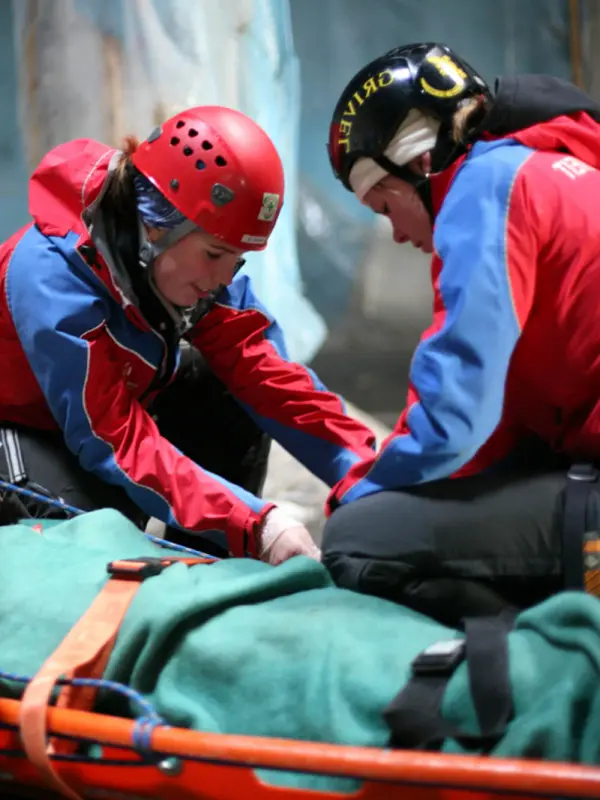Wilderness Case Study #1: Fall Onboard Ship
Materials You Need:
Download a blank SOAP Notes page here.
Download the list of abbreviations here.
Wilderness and Rescue Medicine Case Study
The story:
A 40 year old female tripped while descending a companionway amidships of a sailboat. Witnesses reported that she landed on her back on a salon table at the base of the stair, rolled onto the floor, and was found gasping for breath. As her companions started their assessment at 1100, the pts. respiratory distress quickly improved and the pt. stated that she had the wind knocked out of her in the fall. The patient complained of lower back pain but had no other complaints. She stated that she remembered tripping and falling and did not think she hit her head or neck. She had tenderness in the left flank but no bruising was noted. The abdomen was found to be soft and non-tender. The spine exam was unremarkable and she had normal CSM in all four extremities. She had no allergies, took no regular medications, and had breakfast that morning about 3 hrs. prior to the fall. Her Pulse: 98, Respirations: 22 and easy, B/P: 122/78, Skin: pale, and she was alert and anxious.
Put the appropriate information from the story above into the correct spaces provided in the SOAP note.
After you’ve completed the Subjective and Objective sections, develop an Assessment for 1100hrs. with Anticipated Problems and an appropriate Treatment Plan listed in the columns to the right.
At 1130, the pt. reported that her pain had diminished somewhat although a repeat exam revealed persistent left flank tenderness with some developing bruising. Her abdomen remained soft and non-tender. Vitals were repeated: Pulse 72, Skin: warm and normal in color, Respirations 14, B/P: 116/76, and her AVPU: AOx4.
Again, transfer any appropriate information to the SOAP note and update the Assessment as needed. Be sure to note the time when you update any information.
Questions:
1. Do you feel more or less comfortable with your patient at 1130?
2. If the patient did suffer significant internal bleeding from her kidney injury, what early signs might you notice during your assessment?
3. If evacuation to shore was delayed for days, what options might you have for dealing with you patients’ potential spine injuy?
Click here for the assessment and plan.

